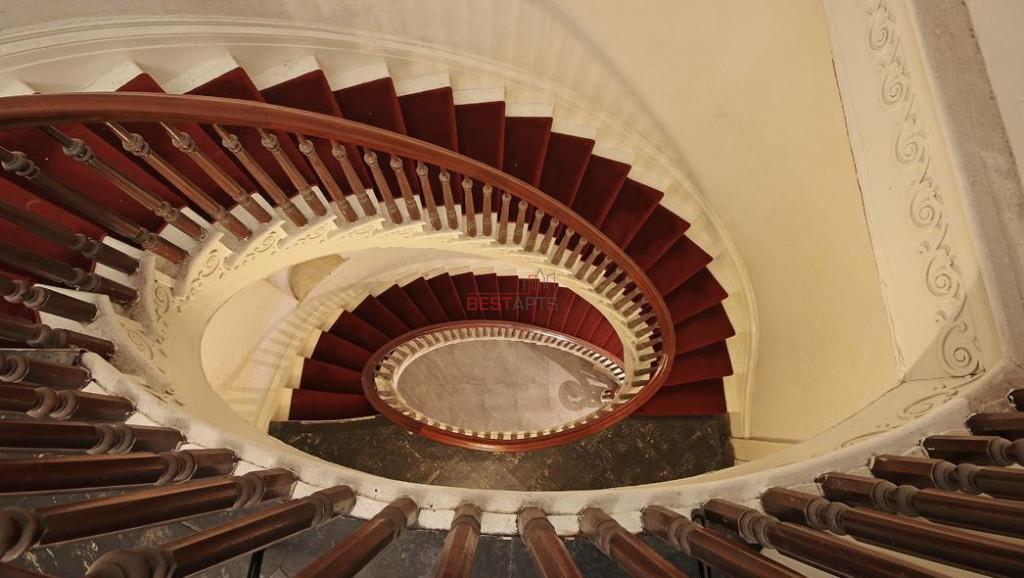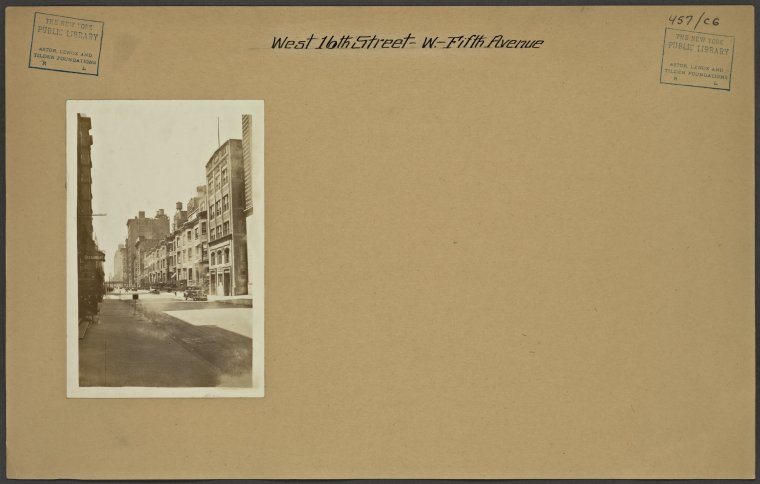
I see ghosts everywhere—and there are plenty of them in New York City where neighborhoods come and go. Where what was once “A” is now “X.” Where demographics over time transform and transfigure. Three years ago, I moved from two apartments in a spacious Manhattan townhouse built in 1846, my home for thirty-three years, to a former office building designed in the 1920s by Cass Gilbert, who also designed the Woolworth Building (where AIGA National is now located). I was moving, in a sense, from one ghost building to another. The older building had not changed all that much over time. It had retained the same winding Victorian staircase as the one that greeted its first residents, the coffin corner niche built into the wall of the staircase landing where pallbearers would insert one corner of a coffin to turn upward or downward, the original marble fireplace facades, and probably the same sash windows that let cold air flow in and warm air leak out. To me, I just saw my building as being old and drafty and in need of repair. History was not important. The ghosts were merely annoying.
On a recent visit back to my old building, a specter appeared. It wasn’t a Dickensian Jacob Marley phantom. It was a loose file folder in a forgotten cabinet—what I call a ghost—though you may call it history. I see these kinds of ghosts (ghost signs, ghost images) as good things—remnants of what once was. The history of my building, my block, and my neighborhood is a history that tells how the city—New York—was planned and designed.
The history of my building, my block, and my neighborhood is a history that tells how the city—New York—was planned and designed.
First, some neighborhood background. In the early days, a small stream, long covered, ran southwesterly. The address 7 West 16th Street was many things. When built in 1846, it was part of nine bow-front houses that comprised a residential district for the well-heeled. My own landlord, a theater critic for Variety, bought it in 1968 when it was a boarding house for actors. Earlier, the next door neighbor in 5 West was Eamon De Valera, a native New Yorker who became the President of Ireland. At 2 West was a notorious speakeasy (and 7 West was purportedly one of its liquor storehouses). A few doors west was the office of Planned Parenthood and, according to a plaque (now removed), the home of its founder, Margaret Sanger. Farther west was the home of editor and writer William Cullen Bryant and, in the same building, Margaret Anderson, publisher of The Little Review, and poet Hart Crane. It was a block of colorful individualists.

In a 1990 report by the Landmarks Preservation Commission to determine landmark status, the authors noted:
“The bow-fronted house […] serves as a distinctive reminder of the period when this section of Manhattan, near Union Square, was a fashionable neighborhood filled with handsome residences. This brick house with its generous width and elegant curved front is a finely-designed example of the Greek Revival style […] The eared and battered entrance surround, executed in stone, is a distinguishing architectural feature initially derived from Egyptian sources that was popular in Greek Revival row houses during the 1840s. This house is one […] constructed under the terms of a restrictive agreement which governed the use and overall design of the buildings to ensure that this block […] would develop as a fine residential street. During the late nineteenth and early twentieth century the area changed from purely residential to one of mixed commercial and residential use.”
“[…] As the city expanded north of 14th Street in the 1830s and 1840s, many blocks were built up with row houses constructed in the Greek Revival style [that was] the culmination of an interest in Classical art and antiquities sparked by excavations at Pompeii and Herculaneum in 1735 and 1755.” This supplanted the earlier Federal style for a variety of building types, including institutional and civic buildings, as well as domestic. “[…] The style is characterized by smooth wall surfaces pierced by large windows, rectangular transoms and flat lintels, a stoop leading to a recessed entrance, a full attic story with a flat roof, and architectural elements self-consciously evoking ancient Greece, such as colonnaded porches, doorways with pediments, and crisp moldings.”
In the 1860s, the area around 16th Street became a business center, “leaving this block as a residential enclave between the changing commercial fortunes of the avenues around it.” This included the elegant mansions of Union Square, which were replaced first by theaters, hotels, and luxury retailers, and later by office and loft buildings. The area came to be known as Ladies’ Mile. With the advent of large department stores later in the nineteenth century, Sixth Avenue became a shopper’s utopia.
My old building continued to be a single-family dwelling until it was sold to various new owners. In 1933, it became a multiple dwelling, with a restaurant on the ground story. In 1936, that became a doctor’s office.
Originally three stories high with a raised basement, the building received a one-story penthouse addition in 1932. The “stone stoop with its original wrought iron railing” was retained. The iron parlor-story balcony was removed.
The fact that for so many years I lived in the lap of history—unwittingly—is a lesson in why history and the historical details of things we take for granted are so important. Had I not found this file, I might never have known (or cared) about the ghosts that live at 7 West 16th Street. Design preservation is a big deal these days, but sometimes we ignore what’s right in our midst. This is why, if we care about design history, we should embrace the ghosts that live in and around all of us.
